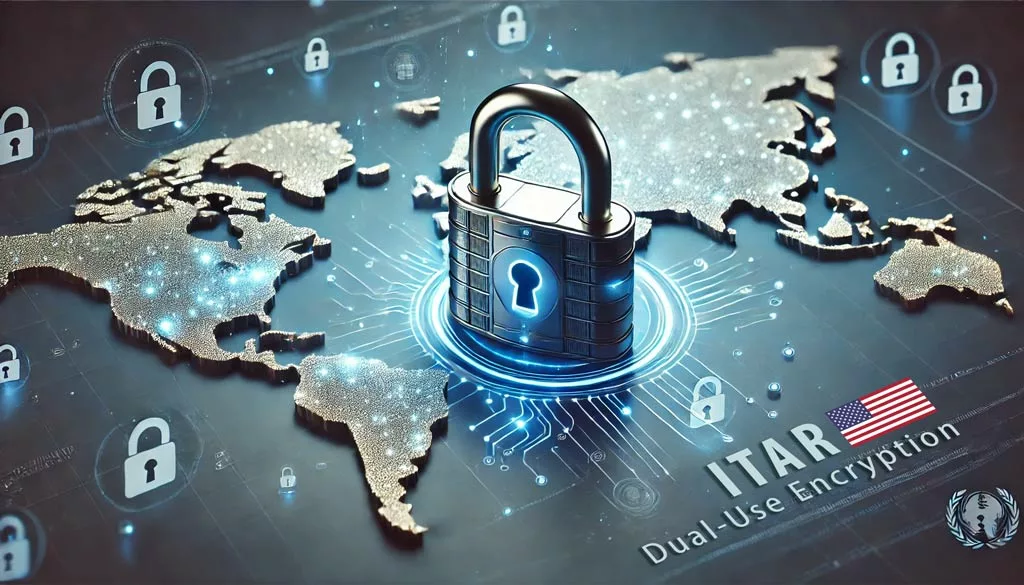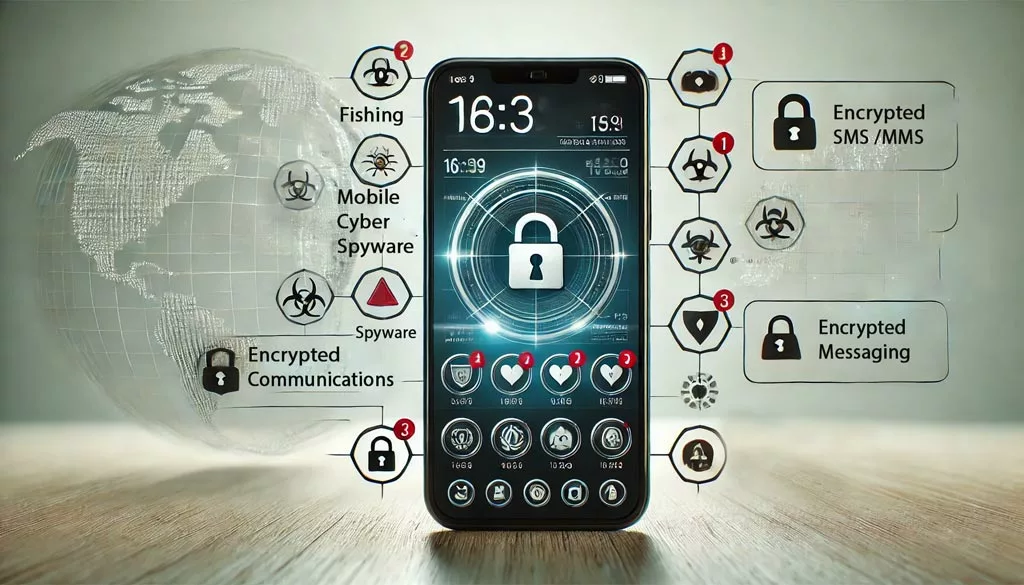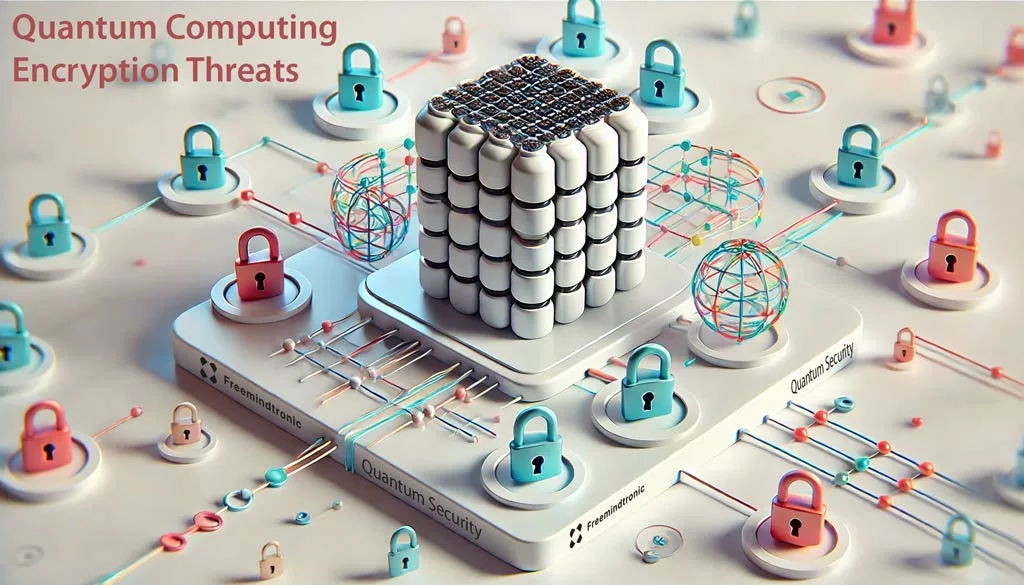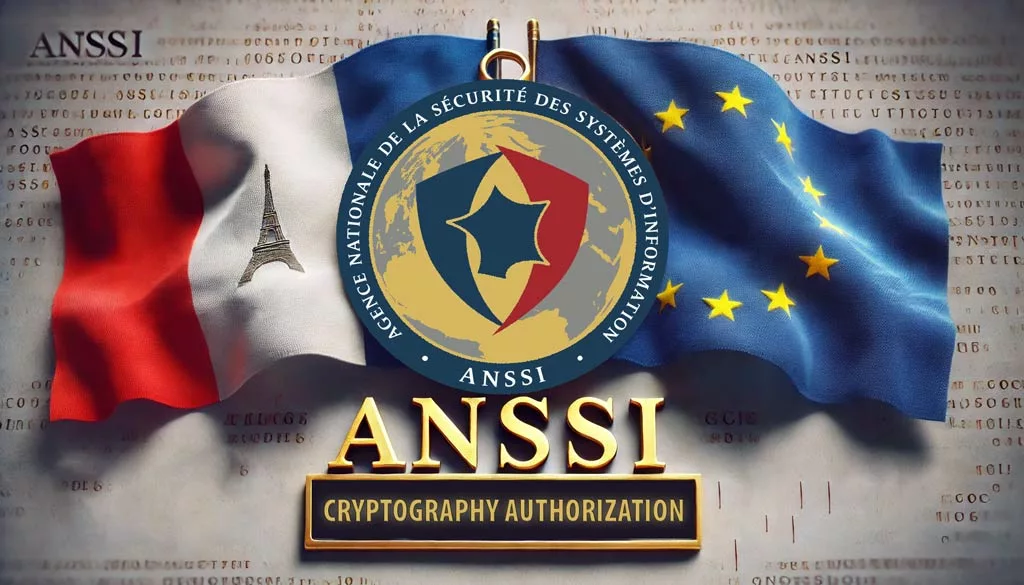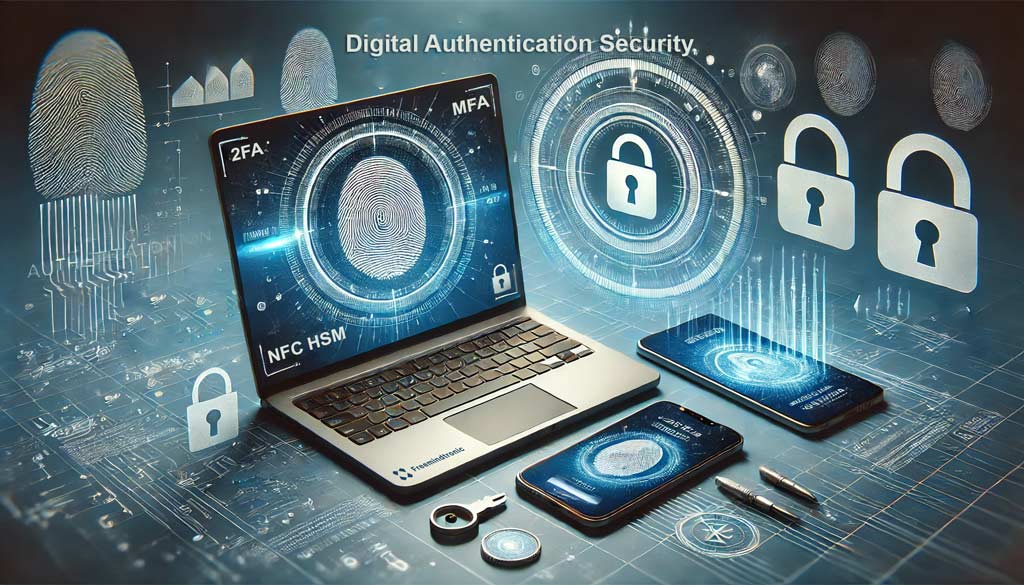ITAR Dual-Use Encryption and Authentication Technologies
ITAR dual-use encryption regulations are essential for companies working with cryptography and authentication systems. The International Traffic in Arms Regulations (ITAR), administered by the U.S. Department of State, govern the export and import of encryption technologies with potential military and civilian applications. This article explores key compliance requirements, the risks of non-compliance, and the opportunities for innovation within the ITAR framework. For related insights, read our article on Encryption Dual-Use Regulation under EU Law.
ITAR’s Scope and Impact on Dual-Use Encryption
What is ITAR and How Does It Apply to Dual-Use Encryption?
ITAR plays a critical role in regulating dual-use encryption technologies. It controls the export of items listed on the United States Munitions List (USML), which includes certain encryption systems. These regulations apply when encryption technologies can be used for both military and civilian purposes. Therefore, companies dealing in dual-use encryption must adhere to ITAR’s stringent guidelines.
Understanding ITAR’s Dual-Use Encryption Requirements
ITAR dual-use encryption regulations demand that companies ensure their technologies do not fall into unauthorized hands. This applies to cryptographic systems with both commercial and military applications. Compliance requires a thorough understanding of ITAR’s legal framework, including the Directorate of Defense Trade Controls (DDTC). Companies must navigate these regulations carefully to avoid significant legal and financial repercussions.
ITAR’s Impact on Dual-Use Authentication Technologies
In addition to encryption, ITAR also governs certain dual-use authentication technologies. These include systems crucial for military-grade security. Companies must determine whether their authentication technologies are subject to ITAR and, if so, ensure full compliance. For a deeper understanding, refer to the Comprehensive Guide to Implementing DDTC’s ITAR Compliance Program.
Compliance with ITAR: Key Considerations for Dual-Use Encryption
ITAR Licensing Requirements for Dual-Use Encryption Technologies
Obtaining the necessary export licenses is critical for companies dealing with dual-use encryption under ITAR. The licensing process requires a detailed review of the technology to classify it under the USML. Companies must secure the correct licenses before exporting encryption products. Non-compliance with ITAR’s licensing requirements can result in severe penalties, including fines and imprisonment.
Risks of Non-Compliance with ITAR Dual-Use Encryption
Non-compliance with ITAR’s dual-use encryption regulations poses significant risks. These include hefty fines, loss of export privileges, and potential criminal charges against company executives. Moreover, non-compliance can damage a company’s reputation, particularly when seeking future contracts with government entities. Therefore, it is essential to implement robust compliance programs and regularly review them to mitigate these risks.
Enhancing Focus on Global Operations in ITAR Dual-Use Encryption Compliance
ITAR Compliance Challenges in Global Operations
ITAR dual-use encryption regulations extend beyond U.S. borders, affecting global operations. Companies with international subsidiaries or partners must navigate ITAR’s extraterritorial reach. This makes compliance challenging, especially in regions with different regulatory frameworks. For instance, a company operating in both the U.S. and Europe must align its operations with both ITAR and EU regulations.
To address these challenges, companies should establish clear global compliance guidelines. Ensuring all stakeholders across international operations understand their ITAR responsibilities is critical. This might involve providing ITAR training, conducting regular audits, and establishing communication channels for reporting and addressing ITAR-related issues. For more details on global ITAR compliance, see What is ITAR Compliance? How It Works, Best Practices & More.
Case Studies and Real-World Examples in ITAR Dual-Use Encryption
Real-World Consequences of ITAR Non-Compliance
Several companies have faced severe penalties due to ITAR violations. For example, Meggitt-USA was fined in 2017 for exporting controlled technology without the proper licensing. This resulted in a multi-million dollar settlement and significant changes to the company’s export control procedures. Similarly, Keysight Technologies was penalized in 2018 for unauthorized exports of oscilloscopes containing ITAR-controlled encryption software. The company had to implement strict internal controls and enhance its ITAR compliance program as part of the settlement.
These examples highlight the severe consequences of ITAR non-compliance. Companies must take proactive measures to ensure their technologies and exports are fully compliant with ITAR regulations to avoid similar penalties.
Expanding Innovation Opportunities
Innovation Within ITAR’s Regulatory Boundaries
ITAR’s strict controls on dual-use encryption technologies can also create opportunities for innovation. Companies that develop ITAR-compliant encryption solutions can gain a competitive advantage in the defense and commercial markets. By integrating ITAR compliance into the development process, companies can create products that are secure and exportable, thus enhancing their marketability.
Strategic Advantages of ITAR-Compliant Encryption Technologies
Developing ITAR-compliant encryption technologies offers strategic advantages, particularly in the defense and aerospace sectors. These industries require high levels of security and face rigorous regulatory scrutiny. By ensuring their products meet ITAR standards, companies can position themselves as reliable partners for government contracts and high-stakes projects. For further insights, refer to the ITAR Compliance Overview – U.S. Department of Commerce.
Addressing ITAR’s Impact on Emerging Technologies in Dual-Use Encryption
ITAR’s Influence on Emerging Cryptographic Technologies
Emerging technologies, such as quantum encryption, AI-driven authentication systems, and blockchain-based security solutions, are reshaping the field of cryptography. However, these technologies often fall under ITAR due to their potential military applications. Quantum encryption, in particular, attracts significant interest from defense agencies. Companies developing these technologies must navigate ITAR carefully to avoid breaching export controls.
Preparing for Future ITAR Challenges in Dual-Use Encryption
As new technologies continue to evolve, ITAR regulations may also adapt to address these advancements. Companies involved in cutting-edge cryptographic research and development should stay informed about potential ITAR updates that could impact their operations. By staying ahead of regulatory trends, companies can better prepare for future compliance challenges and seize new opportunities. For more information, explore the Directorate of Defense Trade Controls.
Conclusion
Navigating ITAR dual-use encryption regulations is complex but essential for companies in the cryptography field. Understanding ITAR’s requirements, securing the necessary licenses, and implementing strong compliance programs are critical steps in avoiding severe penalties. At the same time, ITAR compliance offers opportunities for innovation and market expansion, particularly in defense-related industries. By aligning strategies with ITAR’s regulations, companies can secure their operations while exploring new avenues for growth.
For more on related regulations, see our article on Encryption Dual-Use Regulation under EU Law.


